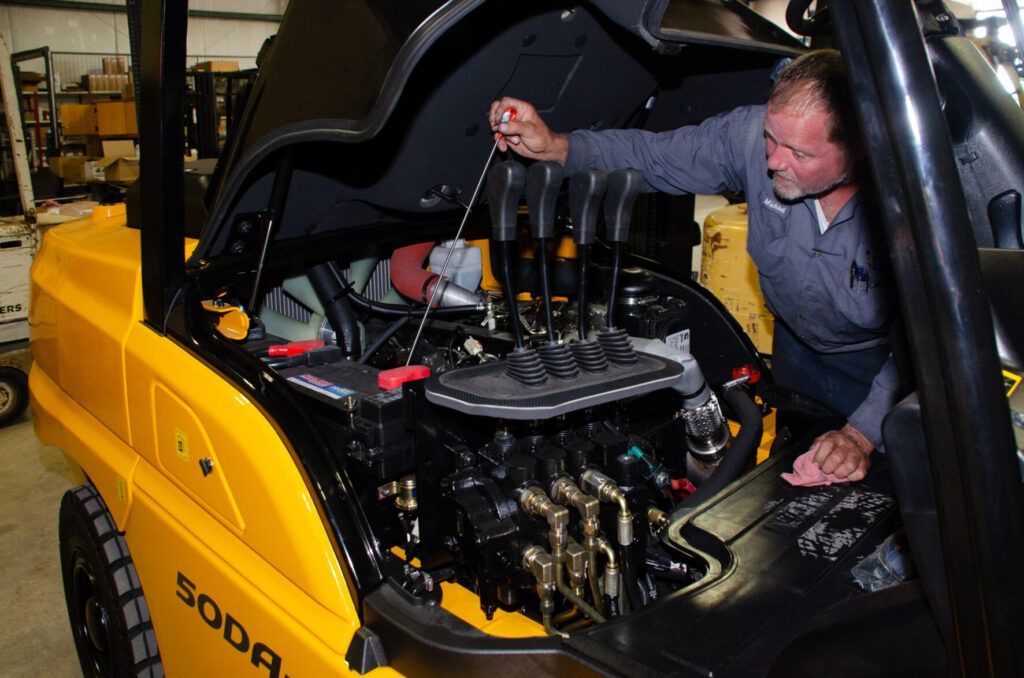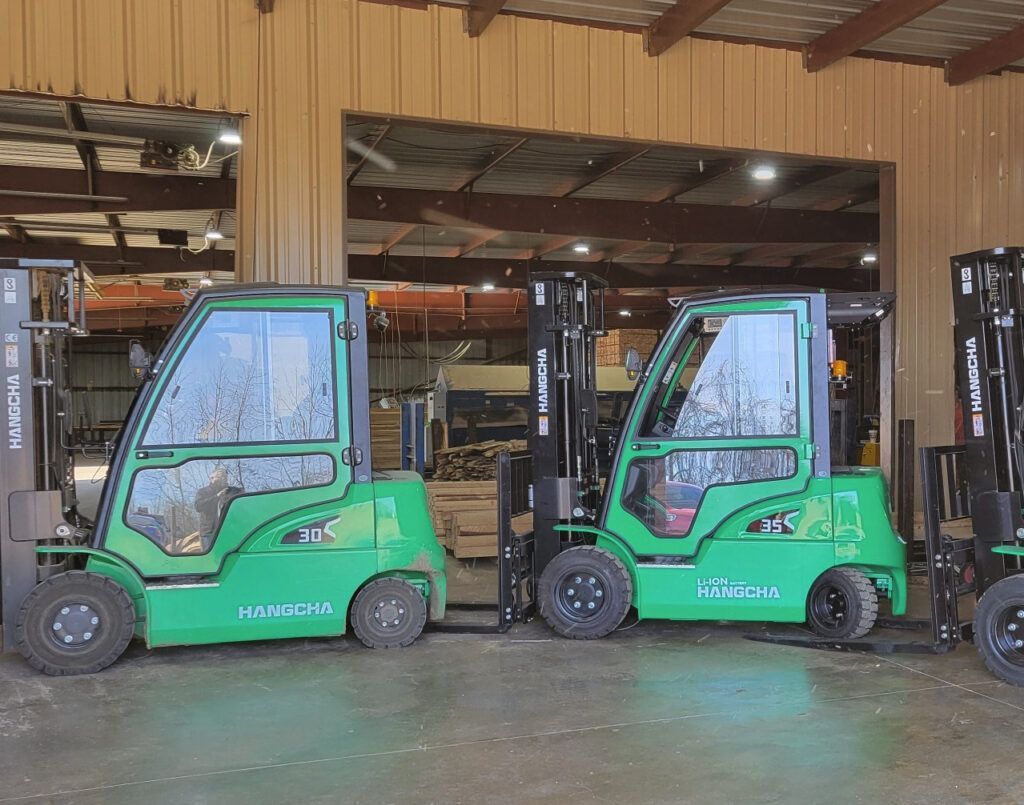5 Upgrades to Enhance Your Warehouse
Is your warehouse living up to its full potential? If not, developing a list of improvements you and your staff can implement to reach your full potential is essential. Even if you feel your warehouse is living up to its full potential, there’s always room for improvement. Successful warehouses are efficient, productive, clean, organized, and more. Let’s look at some upgrades you and your team can make to enhance your warehouse this quarter.
Electric Forklifts
One effective upgrade you can make in your warehouse is transitioning from traditional gas-powered forklifts to electric forklifts. Electric forklifts offer several advantages over their gas counterparts. First and foremost, they are environmentally friendly, producing fewer emissions and reducing your warehouse’s carbon footprint. This green approach aligns with modern sustainability goals and showcases your commitment to a cleaner environment.
Electric forklifts are also cost-effective in the long run. They are a wise investment with no fuel expenses and significantly lower maintenance costs. Additionally, electric forklifts operate more quietly than gas-powered ones, reducing noise pollution within the warehouse and providing a more pleasant work environment for your staff.
Industrial Fans
Proper ventilation and air circulation are crucial for any warehouse, especially during hot and humid days. Industrial fans are an excellent solution to improve air quality and maintain a comfortable temperature throughout the facility. Further, industrial fans help protect your valuable inventory and equipment from damage by reducing humidity and preventing condensation.
With improved air circulation, industrial fans can also contribute to better indoor air quality, reducing the risk of respiratory issues among your warehouse staff. The increased airflow can dissipate odors and airborne particles, creating a healthier working environment.
Inventory Management and Warehouse Shelving
Efficient inventory management is at the core of a successful warehouse operation. With well-organized warehouse shelving, you can optimize your storage space, making it easier for your staff to find and access products quickly. This streamlined approach saves time, minimizes errors, and enhances productivity.
At Benco Industrial Equipment, we understand the importance of tailored solutions. Our warehouse shelving options cater to various industries and storage requirements. Whether you need heavy-duty racks for oversized items or compact shelving for smaller goods, we have the right products to suit your needs.
Cloud-Based Inventory Systems
To stay competitive in today’s fast-paced business world, you need real-time data and accessibility. Cloud-based inventory management systems offer a digital solution to efficiently track and manage your inventory from anywhere.
By migrating to cloud-based platforms, you can access accurate, up-to-date information about your stock levels, incoming shipments, and outgoing orders. This level of visibility enables you to make informed decisions and optimize your supply chain.

Industrial Cleaning and Safety
A clean and safe working environment is paramount in any warehouse setting. Investing in industrial cleaning equipment can significantly enhance the cleanliness and tidiness of your facility. From industrial sweepers and scrubbers to pressure washers, these machines can efficiently tackle dirt, dust, and debris, keeping your warehouse in top condition.
Moreover, prioritizing safety measures is crucial to protect your staff and assets. Implementing safety precautions such as floor markings, barriers, and personal protective equipment (PPE) can significantly reduce the risk of workplace accidents.
Improving your warehouse with these five upgrades can revolutionize your operations, boost productivity, and create a safer work environment. Each upgrade offers unique benefits, from transitioning to electric forklifts and installing industrial fans to adopting cloud-based inventory systems and enhancing safety measures.

Work With Benco Industrial Equipment
As a warehouse manager or staff member, we understand that you may have specific requirements and challenges. That’s why at Benco Industrial Equipment, we offer personalized assistance and consultation to help you find the best solutions for your warehouse needs. Contact us today to explore our range of industrial equipment and services and take the first step toward elevating your warehouse to new heights.
The post 5 Upgrades to Enhance Your Warehouse appeared first on Benco Industrial Equipment.




